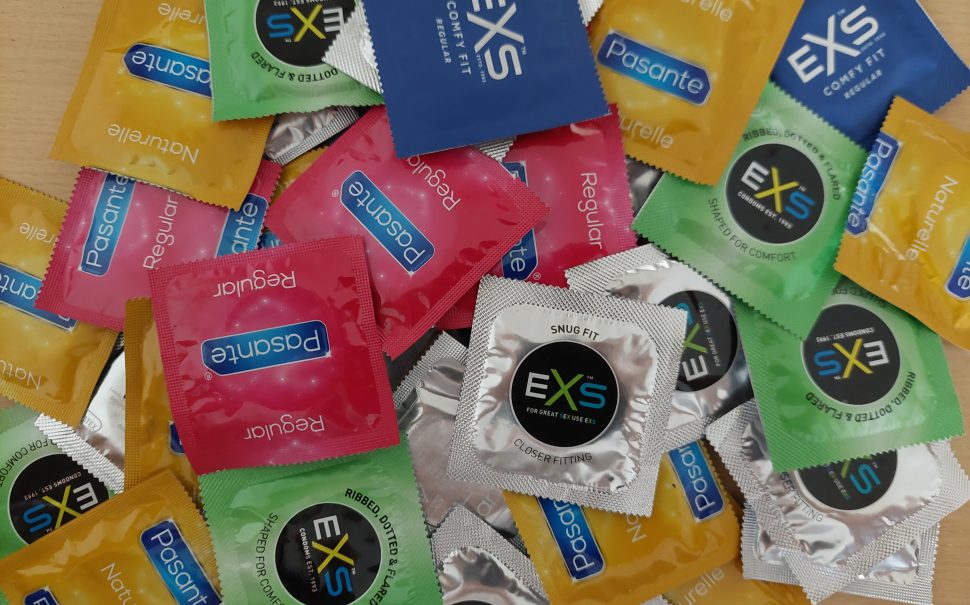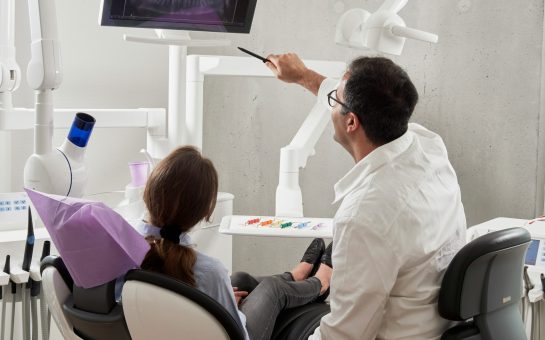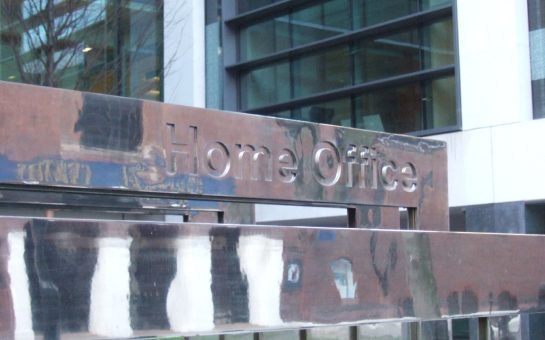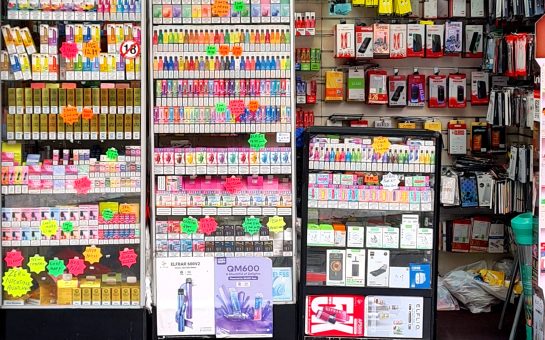The North West region has the second highest rate of new STI diagnoses, data has revealed.
With a total of 662 new STI diagnoses per 100,000 in 2022 the North West is second only to London – where the rate (1,397 per 100,000) is more than twice as high, according to data from the UK Health Security Agency (UKHSA).
The North West also had the highest percentage increase in STI rates from 2021 to 2022 out of all the regions, at 35%.
Gonorrhoea has had the highest increase in 2022, going up by 93% from the previous year from 69 diagnoses per 100,000 to 133 – although chlamydia remains the most commonly diagnosed STI in the North West, and saw a 33% increase in rates from 2021 to 2022.
Kevin*, 24 from Oldham, contracted chlamydia during his fresher’s week in 2021.
He said: “I wasn’t concerned [about STIs] at all. It was my first time having sex and I figured STIs were rare but later learned they’re actually quite common.”
He got tested and treated after he noticed symptoms, something that is not common with STIs.
Kevin does not think that there is much stigma around STIs and is comfortable talking openly about the topic with friends.
He added: “I don’t think testing is encouraged much as I’ve never really seen adverts about getting checked.”
According to UKHSA, testing rates have gone up, though – and with them, positive test results.
A spokesperson from UKHSA said: “The increase in diagnoses is due in part to an increase in testing; however, the scale of the increase in diagnoses indicates that there is more transmission of sexually transmitted infections within the population.”
The post-Covid “boom”
STI rates have not been rising steadily through the last few years. In fact – for obvious reasons – the numbers dipped hugely in 2020, when Covid-related lockdown restrictions were in place.
Overall, from 2012 onwards, there has been a slow decline in new diagnoses, with occasional spikes – new diagnoses were highest in the North West in 2014 at 835 per 100,000.
Nonetheless, STI diagnoses are back on the rise post-Covid.
After a sharp drop from 741 per 100,000 in 2019 to 462 in 2020 for all STI diagnoses, the North West has had a significant rise back up to 662 in 2022.
This demonstrates that after Covid, numbers in the North West have gone and continue to go up, heading back towards or in some cases exceeding pre-Covid levels.
Gonorrhoea numbers, for example, were higher in 2022 than at any other time since 2012.
Much like other STIs, syphilis rates have also risen in the North West with a 15% increase from 11 per 100,000 in 2021 to 13 per 100,000 in 2022.
Jon Dunn, Sexual Health Facilitator – North West at UKHSA, said: “The 2022 data shows a very concerning picture. In the North West we have seen large increases particularly in gonorrhoea across all population groups and syphilis.
“STIs can have a major impact on your health and that of any sexual partners. Condoms are the best defence, but if you didn’t use one the last time you had sex with a new or casual partner, get tested to detect any potential infections early and prevent passing them on to others. Testing is important because you may not have any symptoms of an STI.”
Why the North West?
So why has the North West had the highest increase in STI rates from 2021 to 2022?
UKHSA stated that this is in part because of the urban nature of parts the North West but also because of the number of people in the North West who are from populations with greater sexual health needs including young people, men who are gay, bisexual or have sex with other men (GBMSM), and people from black ethnic groups.
Testing in the North West is also relatively widespread and encouraged – although some work is still to be done in this area.
Abbie*, 25, from Manchester, was diagnosed with chlamydia in 2016.
She said: “I do see a lot of encouragement [to get tested] in Manchester, especially in the gay village for men who have sex with men – less so for women, in my experience.”
She found out about her chlamydia through semi-regular testing she did with a friend.
Abbie believes that testing is not equally accessible for all or advertised in the same way for everybody.
Not everybody can find the time to visit sexual health clinics due to work or other responsibilities and not everybody can afford to pay for at-home testing kits when NHS ones are unavailable.
Abbie said: “I think testing is accessible for some but not all in Manchester, I’ve found you do have to pay for a lot of at-home tests as people don’t want to go into a clinic face to face.”
The NHS recommends getting tested once a year even when just with one partner or every six months if partners are changed.
They also recommend that people with high numbers of partners, those on PrEP, GBMSM, and sex workers get tested every three months.
Appointments for sexual health screening, prep, contraception and at-home testing kits within the Greater Manchester area are available from The Northern Sexual Health.
*names have been changed for anonymity




